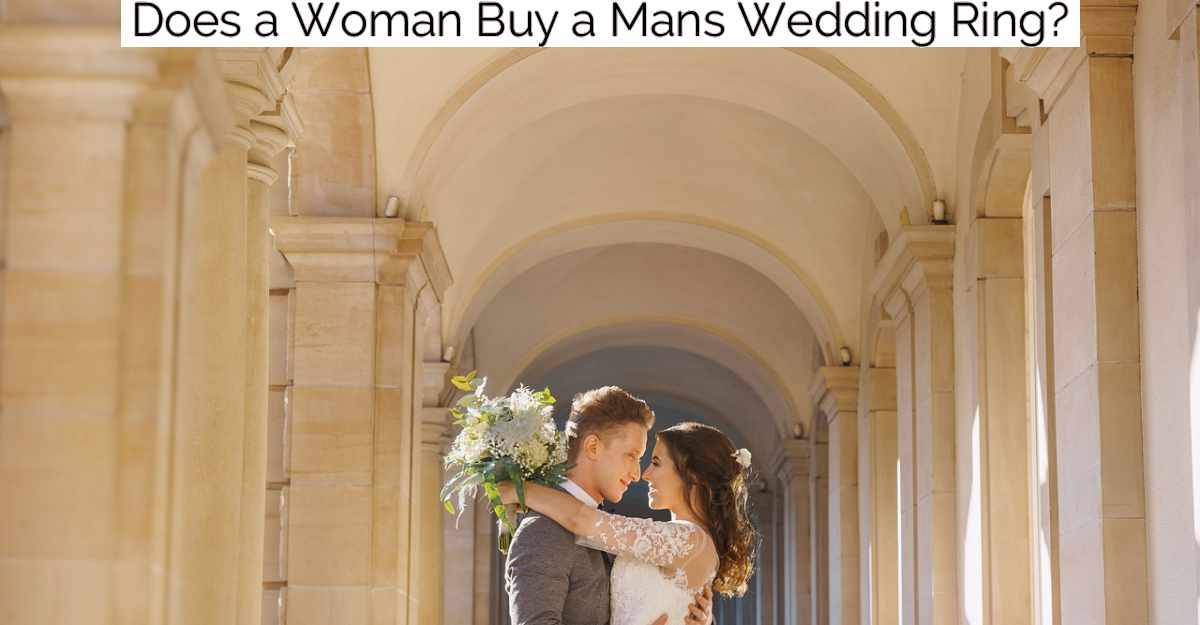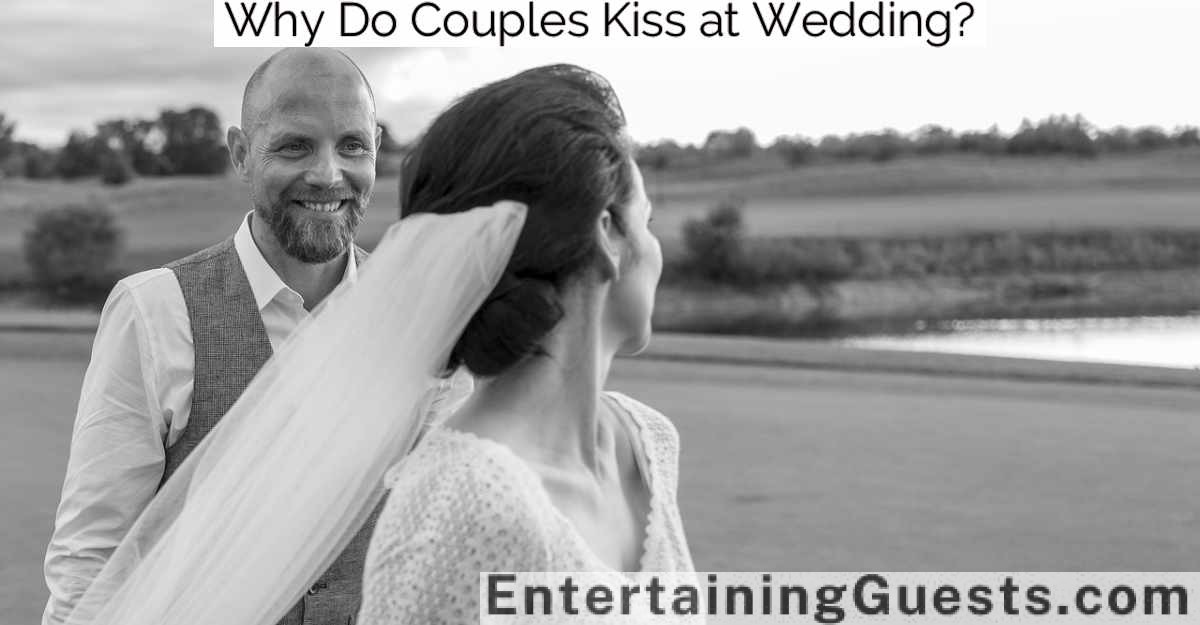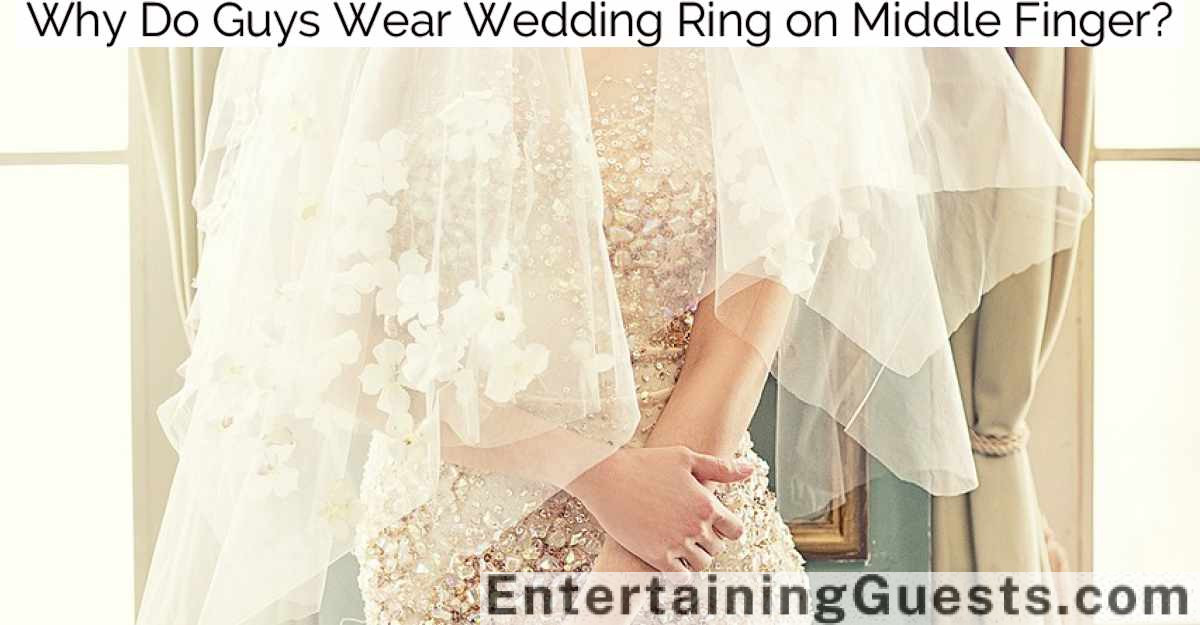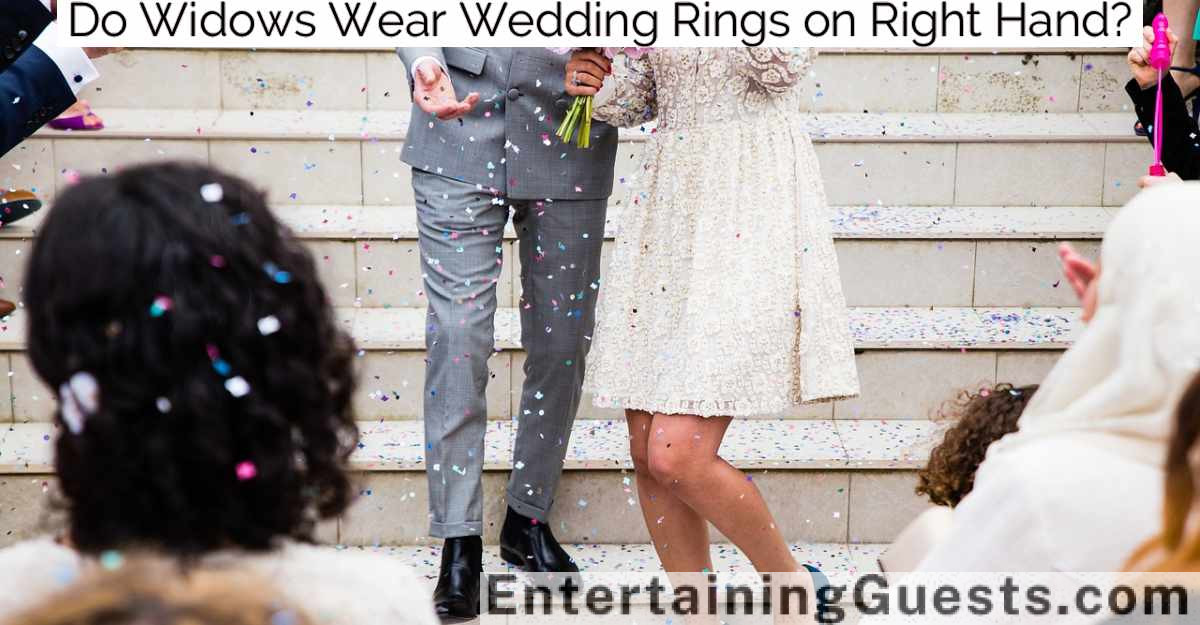Yes, in modern wedding traditions, a woman buying a man’s wedding ring is not uncommon.
This shift highlights a movement toward more equal and inclusive roles within relationships, emphasizing shared responsibility and mutual respect. As couples move away from traditional gender norms, the act of women purchasing men’s rings represents a commitment that is adaptable to personalized values and tastes.
The range of choices in materials and designs, including classic gold bands and customized engravings, reflects unique aspects of the couple’s journey.
This evolving dynamic offers an insight into contemporary marriages and the changing perceptions of relationship roles.
Historical Traditions in Ring Buying
Throughout history, many cultures have embraced distinct practices regarding the purchase of wedding rings. In many Western societies, it’s traditionally been the man’s role to buy the engagement ring and both wedding rings, symbolizing his commitment and readiness for marriage. This practice can be traced back to the ancient Romans, where men would present a ring to signify their intention to marry.
The symbolism of wedding rings often conveys not just personal commitment but also cultural norms related to marital fidelity and social expectations, as seen in various regions around the world symbolism and cultural significance.
However, different customs prevail in other parts of the world. For example, in some Nordic countries, both partners wear engagement rings from the time of their proposal, which they themselves buy. It’s not uncommon for the couple to then select their wedding bands together, sharing the cost equally. This reflects a deep-rooted cultural emphasis on equality and partnership.
In Eastern cultures like Japan, the tradition often involves intricate rituals where families play a significant role in the ring exchange process during the engagement and wedding ceremonies. The financial responsibility can vary, sometimes involving both families contributing to the costs to symbolize the joining of the two families.
Each of these practices is rich in symbolism and reflects the social values and history of the people who follow them, highlighting the diversity of matrimonial traditions around the world.
Modern Trends in Wedding Expenses
As societal norms evolve, so too do the trends in handling wedding expenses. Today’s couples are breaking away from the traditional model of the bride’s family bearing the bulk of the financial burden. Instead, many opt for a more egalitarian approach, splitting costs equally or according to each partner’s financial capability. This shift reflects broader changes in financial responsibilities and partnerships in modern relationships.
Additionally, destination weddings are becoming increasingly popular, allowing couples to celebrate in breathtaking locales while often benefiting from cost-effective packages that streamline expenses and planning. Destination weddings offer unique experiences that resonate deeply with couples and their guests.
Increasingly, couples are also exploring creative ways to fund their weddings. Crowdfunding platforms, for instance, are no longer just for startups but have become a viable option for couples looking to celebrate their union without breaking the bank. Websites like GoFundMe or Honeyfund allow guests to contribute directly to wedding costs or special experiences, like honeymoons, instead of traditional gifts.
Moreover, there’s a growing trend towards minimalism and sustainability in weddings. Couples are now more likely to prioritize meaningful experiences and eco-friendly choices over extravagance. This often results in smaller, more intimate gatherings that focus on quality over quantity, greatly reducing costs.
Vendors that offer green solutions, from biodegradable decor to locally sourced food, are increasingly in demand, aligning with the values of a conscientious generation.
Gender Roles and Wedding Practices
Gender roles in wedding practices have particularly shifted, reflecting broader societal changes toward equality and individuality. Traditionally, men took the lead in proposing and purchasing engagement rings, while women’s roles were often passive.
Today, both partners actively participate in all aspects, from choosing the engagement ring to deciding who buys the wedding bands. This evolution is rooted in the historical significance of wedding rings, as they symbolize emotional commitment and partnership the significance of wedding rings. This shift emphasizes a move away from rigid gender expectations towards a more collaborative approach in planning and executing wedding details.
In many cultures, it’s now common for women to buy men’s wedding rings. This practice not only challenges the old norms but also symbolizes a partnership built on mutual respect and shared responsibilities.
Additionally, couples are increasingly opting for personalized rings that reflect their unique tastes and personalities rather than adhering strictly to tradition. This customization includes everything from engravings to choosing materials that aren’t typically associated with wedding jewelry, like titanium or wood.
Moreover, the financial aspect of wedding planning has evolved. Couples often share expenses more equitably, aligning with their views on financial partnership in marriage.
This practical approach helps set a precedent for financial unity and responsibility in the relationship, further blurring the lines of traditional gender roles in weddings.
Personal Stories and Decision Making
Over the years, many couples have shared their unique experiences with decision-making during their wedding planning process.
For instance, Sarah and Tom, a couple from Chicago, took a practical approach when they decided that Sarah would buy Tom’s wedding ring. They felt it symbolized her commitment as much as his. They opted for a sleek, titanium band that suited Tom’s minimalist style, highlighting their shared aesthetic values. This decision mirrors the collaborative spirit seen in engaging activities and entertainment, where shared experiences strengthen relationships.
In another case, Emily from Atlanta decided to surprise her fiancé, Mark, with a custom-designed ring that incorporated elements from his heritage – a gesture that deeply touched him. This decision-making process wasn’t only a demonstration of her affection but also an opportunity for Emily to engage creatively with the tradition.
On the west coast, San Francisco couple Rachel and Brad made their ring selection a joint affair. They spent weekends visiting various jewelers, searching for the perfect rings that reflected both their personalities. This journey wasn’t just about the rings but also about learning to make harmonious decisions together, an essential part of their relationship.
These stories illustrate how couples today are steering through the waters of tradition and personal preference, crafting their paths in unique ways.
Future Implications on Wedding Norms
The evolving norms around wedding traditions suggest a future where roles and responsibilities are even more fluid and personalized. As society embraces greater diversity in relationships, the way couples approach wedding planning and the rituals involved is shifting. No longer bound by strict gender roles, individuals are free to choose the parts they play, from who buys the rings to who plans the honeymoon.
Looking ahead, this trend is likely to encourage a wider acceptance of varied wedding practices. Imagine a scenario where the focus isn’t just on the exchange of rings but also on crafting personal vows that resonate with the couple’s unique journey. These changes aren’t merely superficial; they reflect deeper values of equality and personal expression in relationships.
Furthermore, this shift could lead to more sustainable and economically practical wedding choices. Couples might opt for simpler, more meaningful celebrations that emphasize the connection rather than the spectacle.
This approach could also challenge the wedding industry to innovate, offering services that cater to a broader range of preferences and traditions.
Ultimately, the flexibility in modern wedding norms empowers couples to define their commitments to each other, without the weight of outdated expectations.
Conclusion
To sum up, while historical traditions often dictated that men purchase the rings, modern trends show a shift. Nowadays, both partners frequently engage in choosing and buying each other’s rings, reflecting a balanced approach to wedding expenses and responsibilities. This pragmatic and stylish evolution in wedding norms not only caters to personal preferences but also signifies a broader movement towards equality in gender roles. As society progresses, these practices will likely continue to adapt, shaping future wedding traditions.




